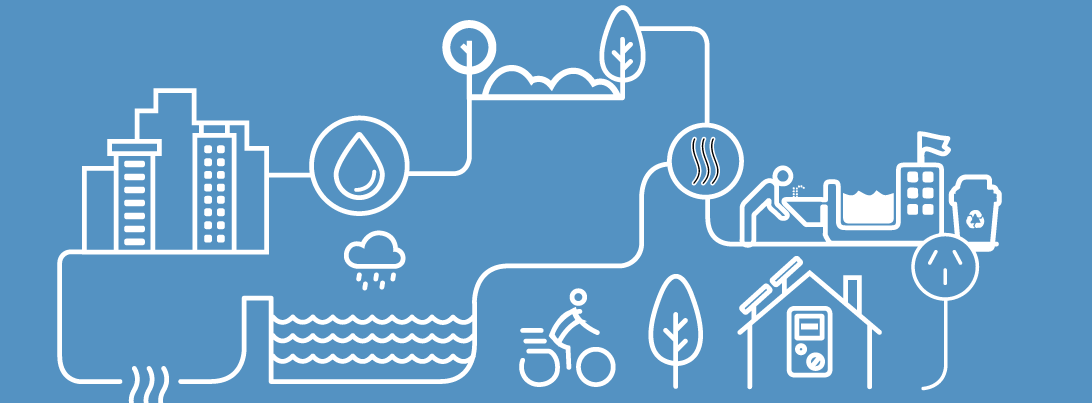
The Transboundary water resources sector in Africa, covering both surface water and groundwater, presents opportunities for regional cooperation and the development and management of water resources to support national and regional socio-economic development. The sector faces significant contemporary challenges including ensuring water security to support sustainable socio- economic development; mitigating the impacts of and adapting to climate change; mitigating the impacts of variable weather patterns; attaining the water related MDGs; ensuring equity and sustainability in the utilisation of water resources; and ensuring environmental sustainability. The challenges are compounded by water resources being unevenly distributed both temporally and spatially; and the expectation that climate change will have a significant impact on rainfall patterns and the distribution of the resources resulting in higher frequency and intensity of extreme weather events. Additionally, the growing populations, improving living standards and development pressures lead to an overall increase on the demand for water resources. Current levels of water withdrawal are low with 3.8% of water resources developed for water supply, irrigation and hydropower use. Only 7% of Africa’s hydropower has been developed while the irrigated areas cover about 6% of the total cultivated land. The average per capita storage in Africa is about 50m3 compared to 3,500m3 per person in Europe, and over 6,000 m3 in USA. It is essential to build the water infrastructure assets and increase water storage capacity in Africa for poverty reduction and sustainable socio-economic development.
PIDA PAP 2 Transboundary Water Sector Approach
In accordance with the aspirations of the African Union Agenda 2063 also adopted as the strategic framework for development of the second phase of the Programme for Infrastructure Development Priority Action Plan (PIDA PAP 2), NEPAD-IPPF shall align its selectivity to this overall framework.
New NEPAD-IPPF project selectivity shall broadly be guided by the integrated corridor approach. As defined under the AU PIDA PAP 2 frameworks, the integrated corridor approach prioritizes projects that improve connectivity between urban and rural areas and link different infrastructure sectors together, which if developed together would cost less and develop cross-sectoral synergies. This approach also emphasizes projects that maximize job creation and climate friendliness.
For the water sector, being that the focus is on regional projects, only the development of water resources classified as “transboundary” shall be considered for assistance from the Special Fund. This shall comprise shared water resources infrastructure projects that enable interdependencies between regions and countries, support the multipurpose use approach, promote industrial, agricultural development, improve access to clean water and sanitation services to cross border communities, and facilitate water based movement of people, goods and services. Of specific focus will be projects that are amenable and attractive to the private sector for investment and operation under Public Private Partnership (PPP) arrangements, although it is recognized that this may not always be financially and socially feasible for the water sector.
Project Types
The following are examples of projects that fit this sector approach to be supported by the Special Fund:
- Development of transboundary multipurpose use water resources storage infrastructure such as dams, dykes, etc.;
- Development of transboundary multipurpose use water transfer or transmission infrastructure assets such as pipelines, canals, etc.;
- Development of transboundary water resources assets for energy generation, transportation, irrigation, water supply, sanitation, or industrial use.
In all the above project types, higher priority will be given to assets that will be structured to attract private sector investments through PPP type arrangements, and those being or planned to be operated under concession contracts. However, due
consideration of the peculiarities of the water sector and the general financial and social viability challenges for PPPs in the sector shall always be taken into account wherever applicable.
